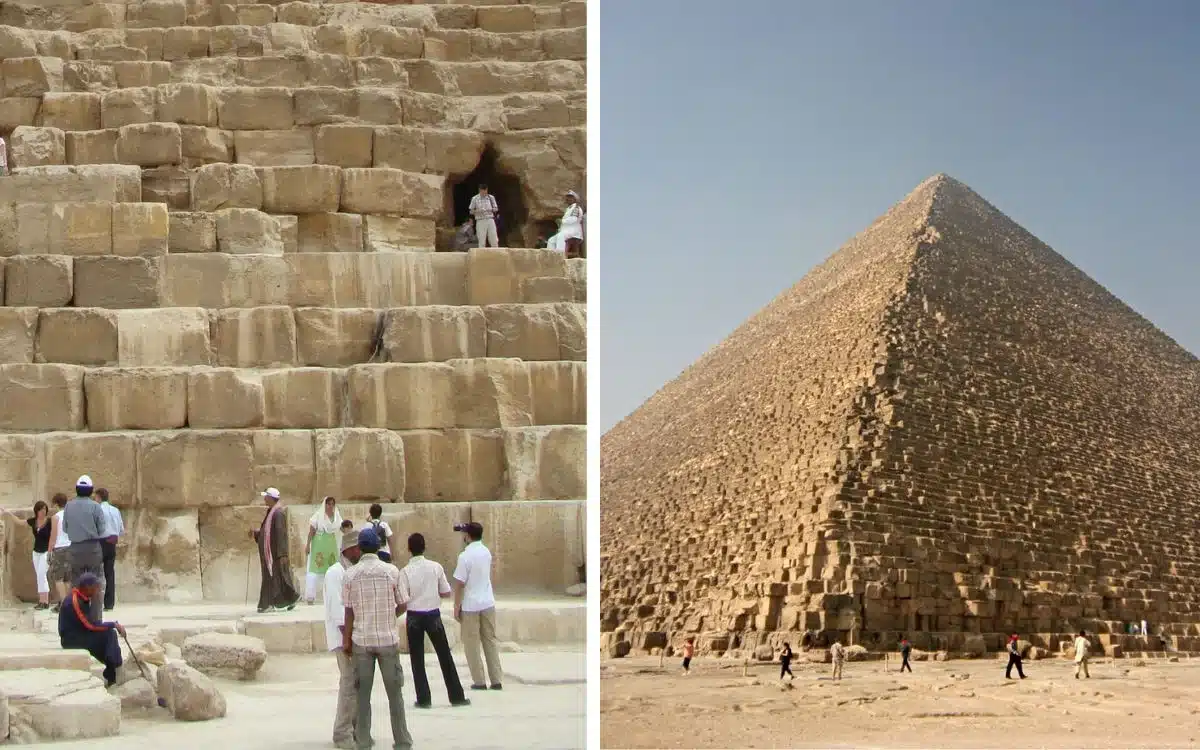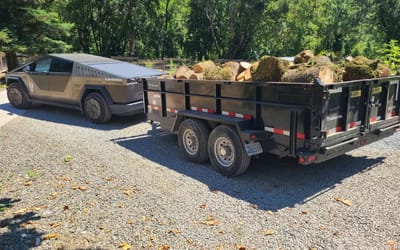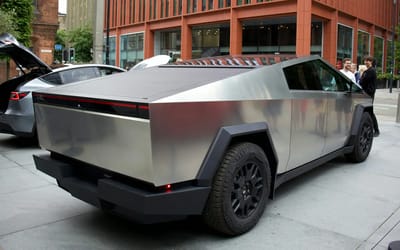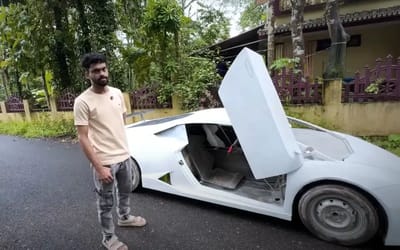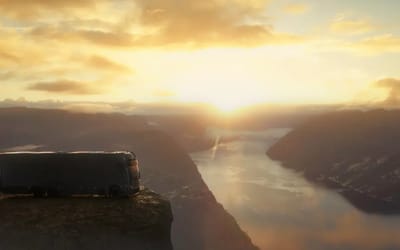Scientists believe water discovery finally cracks how the Great Pyramid was built
- A team of physicists think they’ve figured out how Ancient Egyptians built the pyramids
- The secret lay in an ancient painting
- And, no, it has nothing to do with aliens
Published on Apr 27, 2024 at 7:00 PM (UTC+4)
by Amelia Jean Hershman-Jones
Last updated on May 09, 2024 at 6:38 PM (UTC+4)
Edited by
Alessandro Renesis
A mystery that has lingered for millennia may have finally been solved as physicists think they’ve finally figured out how Ancient Egyptians built the Great Pyramid.
It’s long been pondered how an ancient civilization managed to build the pyramids with no heavy machinery to assist their efforts.
To put their scale into context, the Great Pyramid of Giza measured 147 m (481 ft) when first built – that made it the tallest structure in the world for over 3,800 years.
READ MORE! Japan’s ancient underwater ‘pyramid’ is the ultimate puzzle
We are still fascinated by pyramids.
Some decide to visit them, while others decide to paraglide over them, and then others still venture inside the Great Pyramid.
However, we still don’t know how they were built.
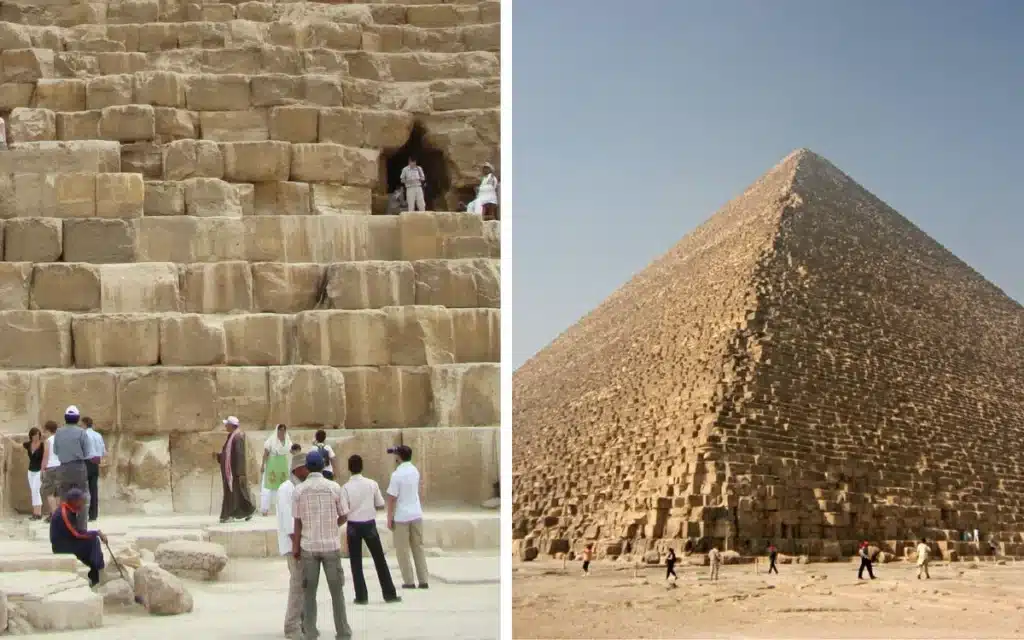
A team of scientists from the University of Amsterdam made a groundbreaking discovery about how they believe the Ancient Egyptians built the pyramids.
Led by Dr Daniel Bonn, the team of physicists focused on a wall painting in the tomb of Djehutihotep – the ‘Great Chief of the Hare Nome’.
The painting, dating back to 1900 B.C., seemed to show a building technique.
It depicts 172 men moving a statue with ropes attached to a sledge.
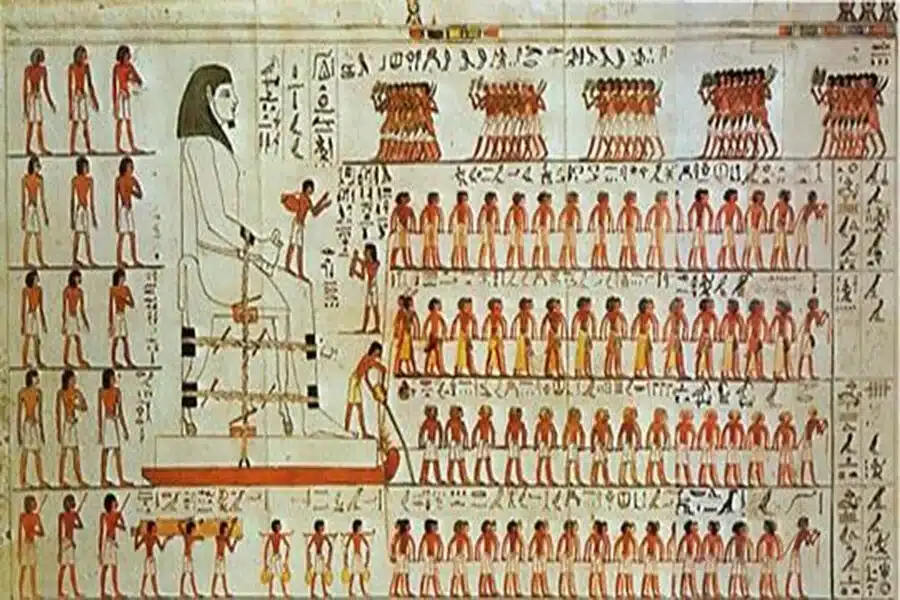
Ahead of the sledge, in what appears to be Giza or the surrounding area, water can be seen being poured over the sand.
Intrigued, the team decided to give it a go for themselves to put their theory to the test.
Heading to Egypt they built their own pyramid on a far smaller scale.
During their experiment it transpired that, if sand is dry it can end up developing clumps.
This act as obstacles, which makes moving objects more difficult.
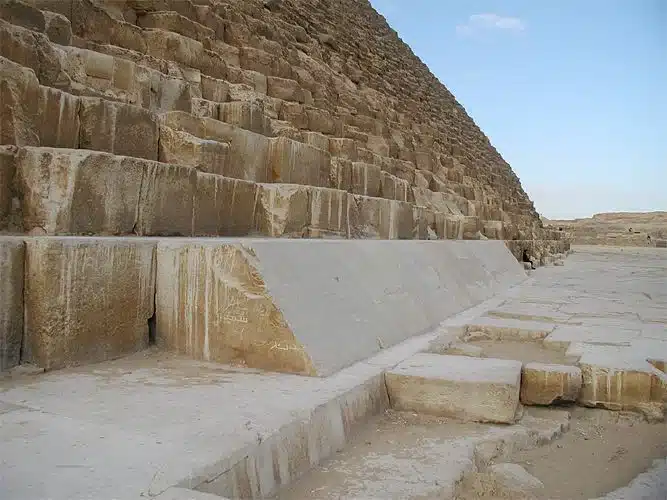
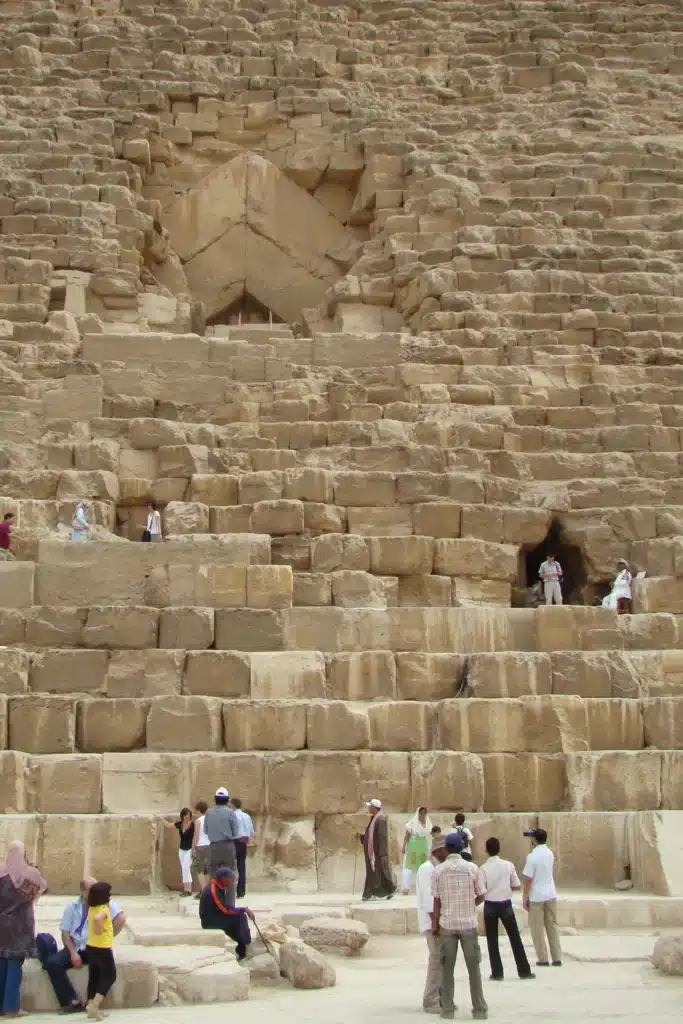
However, adding just the right amount of water, these clumps are avoided and the sand remains smooth.
Bonn told Live Science in a 2016 interview: “If you use dry sand, it won’t work as well, but if the sand is too wet, it won’t work either. There’s an optimum stiffness.”
Previously it had been believed that using water was ceremonial, rather than practical in aiding construction.
The science was explained in their findings, published in Physical Review Letters.
“Sliding friction on sand is greatly reduced by the addition of some – but not that much – water,” it said.
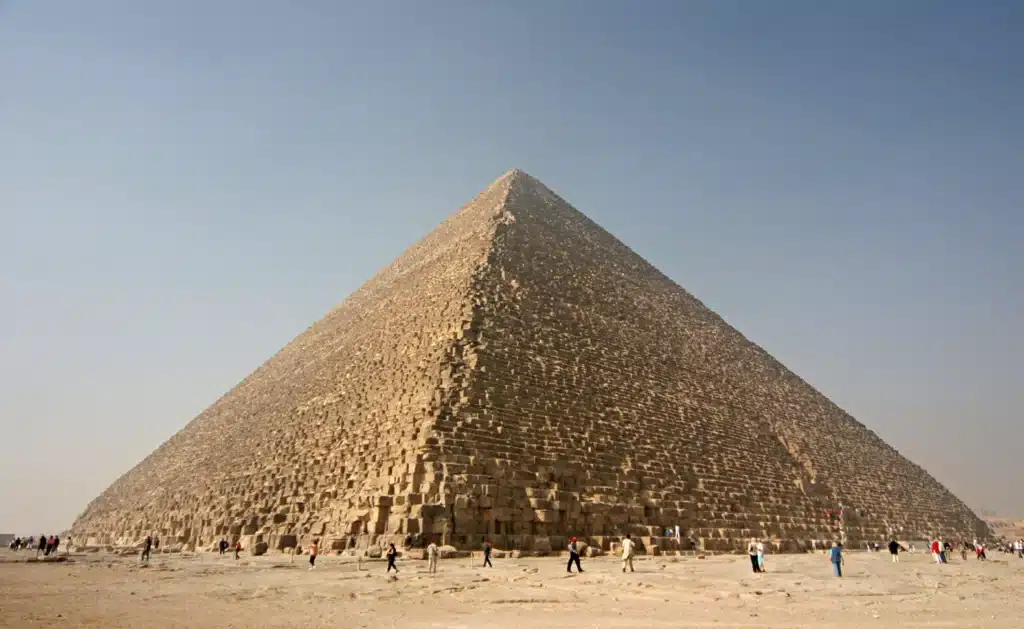
“In the presence of the correct quantity of water, wet desert sand is about twice as stiff as dry sand.
“A sledge glides far more easily over firm desert sand simply because the sand does not pile up in front of the sledge as it does in the case of dry sand.”
Pretty simple – so much so that even Bonn and his team were taken aback.
“I was very surprised by the amount the pulling force could be reduced – by as much as 50 percent – meaning that the Egyptians needed only half the men to pull over wet sand as compared to dry,” he explained to The Washington Post.
The findings seemed to put an end to some pretty wild theories – including pyramids being built by alien life.
Turns out the truth isn’t out there after all – it was right under our noses the entire time.
DISCOVER SBX CARS: The global premium car auction platform powered by Supercar Blondie

All Supercar Blondie contributors undergo editorial review and fact-checking to ensure accuracy and authority in automotive journalism. After gaining her BA Hons in French and English at the University of Nottingham, Amelia embarked on a vocational diploma from the National Council for the Training of Journalists (NCTJ). This led to numerous opportunities, from interning at Vogue to being on the small team that launched Women’s Health magazine in the UK, which was named the PPA Consumer magazine of the year for three years running. As Health, Beauty and Fitness editor, Amelia personally received a Johnson & Johnson Award and was shortlisted for both PPA and BSME titles. Since then, Amelia has created content for numerous titles and brands, including the Telegraph, 111 Skin, Waitrose, Red magazine, Stylist, and Elle, as well as being Head of Content at Vitality and Editor in Chief at INLondon magazine. “My superpower is translating technical jargon about the mechanical workings of a supercar into a relatable story you’ll want to share with your friends after you’ve read it.” After joining the SB Media family as a senior journalist in September of 2023, Amelia’s role has evolved to see her heading up the SEO output of the editorial team. From researching the most ‘Google-able’ key terms to producing evergreen content - it’s been a time of hard work, growth, and success for the editorial team and the Supercar Blondie website. “I like to think of myself as a ‘method journalist’. In other words: I live and breathe whatever I am writing about. When writing about fitness, I trained as a personal trainer, and as a beauty editor, I completed an ‘expert’ in scent diploma with the Fragrance Foundation. “During my tenure at Supercar Blondie, however, I did something I never thought possible: I passed my driving test at the age of 36. One day I’d love to train as a mechanic to better understand what happens under the hood, too. “My sweet spot is providing readers with a ‘takeaway’ (read: something new they didn’t know before) after reading every one of my stories. While I don’t claim to be an expert in the automotive world, I know the experts and bodies in the field to rely on to provide our readers with an informative and thought-provoking story every time they visit the site.”
